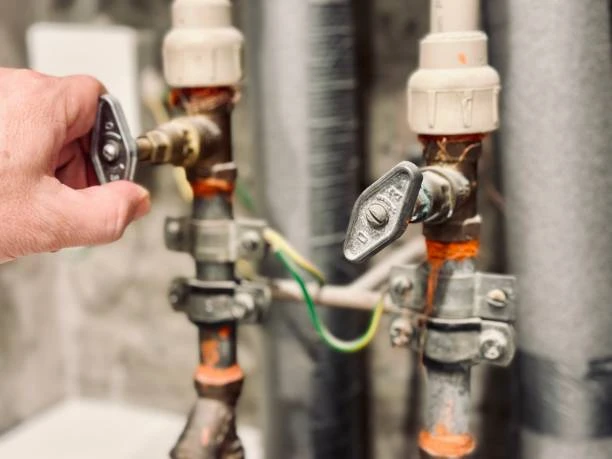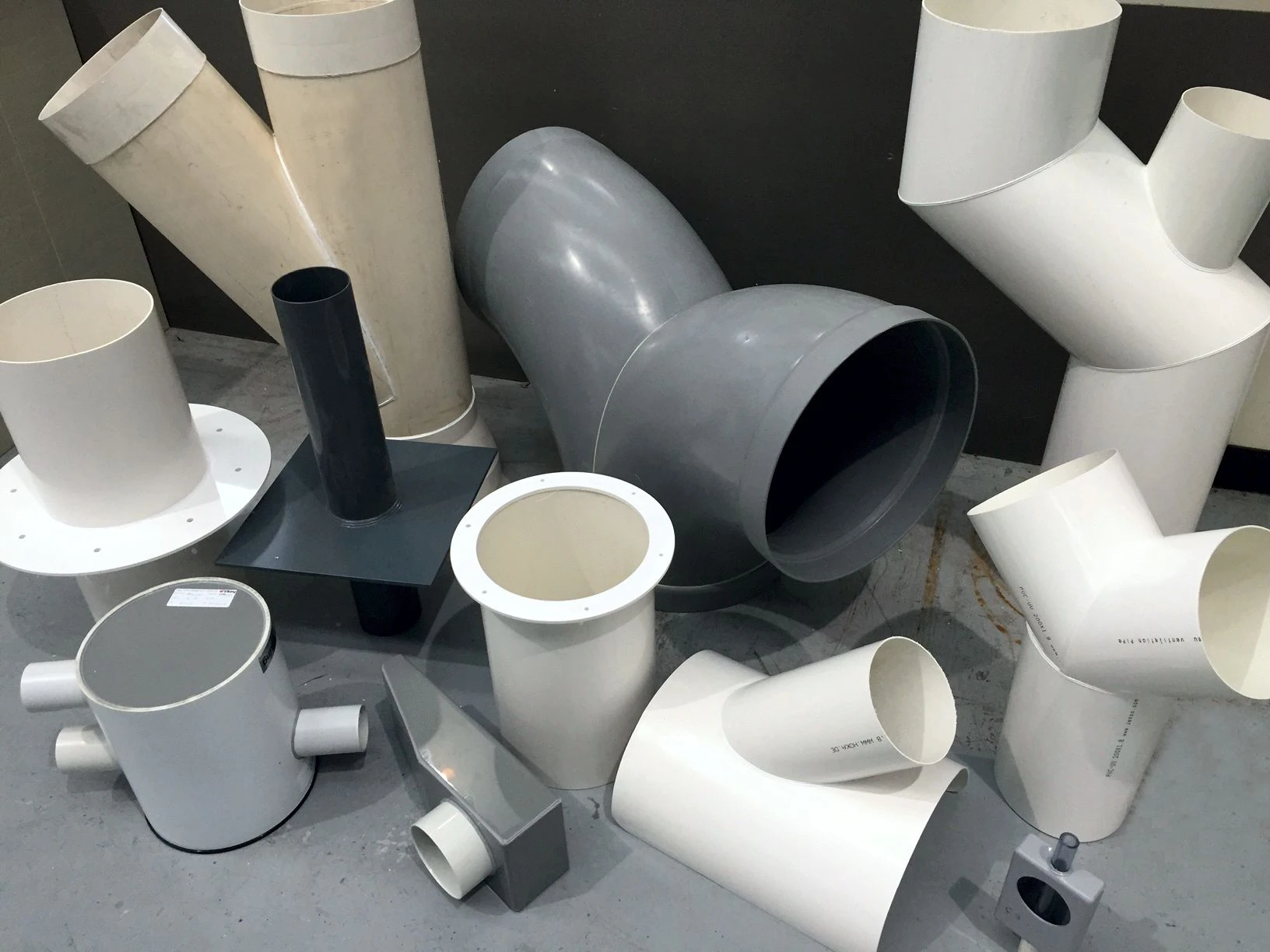
Introduction
PPR pipes and fittings are gaining traction in plumbing systems worldwide, particularly due to their robust performance and eco-friendly features. The Green Mark Certification further enhances their appeal, ensuring they meet environmental standards. Let’s delve into what makes these products the ultimate choice for sustainable plumbing solutions.
What is PPR Pipe?
PPR, or Polypropylene Random Copolymer, is a type of plastic piping known for its exceptional durability and versatility. Composed primarily of polypropylene, PPR pipes are designed to handle high-pressure systems while remaining lightweight and easy to install.
Advantages of PPR Pipes
PPR pipes offer numerous advantages, including outstanding durability and resistance to corrosion. Unlike metal pipes, they do not rust or corrode, making them a cost-effective option over time, as maintenance and replacement costs are significantly lower.
Applications of PPR Pipes
These pipes are widely used in various applications, from residential plumbing to commercial and industrial installations. Their ability to handle hot and cold water makes them ideal for diverse environments, ensuring reliable service across multiple sectors.
What are PPR Fittings?
PPR fittings are essential components that connect different sections of PPR pipes. Available in various types—such as elbows, tees, and couplings—these fittings play a critical role in creating a seamless plumbing system.
Benefits of PPR Fittings
One of the standout features of PPR fittings is their flexibility during installation. They ensure leak-proof joints that enhance the overall efficiency of plumbing systems, preventing costly water damage and wastage.
Green Mark Certification Explained
Green Mark Certification is a prestigious recognition that ensures products meet specific environmental standards. The certification process involves rigorous testing and assessment, allowing consumers to trust that certified products are safe and sustainable.
Environmental Benefits of Using PPR Products
Using PPR products helps reduce environmental impact by minimizing waste and energy consumption. Their long lifespan and recyclability contribute to sustainable practices, making them a preferred choice for eco-conscious builders and homeowners.
Quality Standards for PPR Pipes and Fittings
To ensure reliability, PPR pipes and fittings must comply with international quality standards. These regulations cover everything from material properties to safety requirements, ensuring that consumers receive top-notch products.
How to Identify Certified PPR Products
Identifying certified PPR products is straightforward. Look for labels and markings that indicate Green Mark Certification, and verify through the manufacturer’s website or relevant certification bodies for peace of mind.
Comparing PPR with Other Pipe Materials
When compared to other materials like PVC, copper, and steel, PPR stands out for its durability and cost-effectiveness. While each material has its advantages, PPR’s combination of performance and sustainability makes it a top contender.
Challenges in the PPR Industry
Despite its advantages, the PPR industry faces challenges such as market competition and a lack of awareness among consumers. Educating the public about the benefits of PPR products is crucial for driving adoption.
Future Trends in PPR Technology
As technology advances, the future of PPR products looks promising. Innovations in manufacturing processes and a shift toward sustainable practices are expected to drive growth in this sector, ensuring its relevance for years to come.
Conclusion
In summary, PPR pipes and fittings with Green Mark Certification represent the ultimate choice for anyone looking to invest in sustainable plumbing solutions. Their advantages in durability, cost-effectiveness, and environmental impact make them a clear winner in today’s market.
FAQs
- What does PPR stand for?
- PPR stands for Polypropylene Random Copolymer.
- Why should I choose PPR pipes?
- They are durable, corrosion-resistant, and cost-effective.
- How do I know if my PPR products are certified?
- Look for Green Mark Certification labels on the products.
- Can PPR pipes handle hot water?
- Yes, PPR pipes are designed to handle both hot and cold water.
- Are PPR fittings easy to install?
- Absolutely! PPR fittings are lightweight and designed for straightforward installation.

















